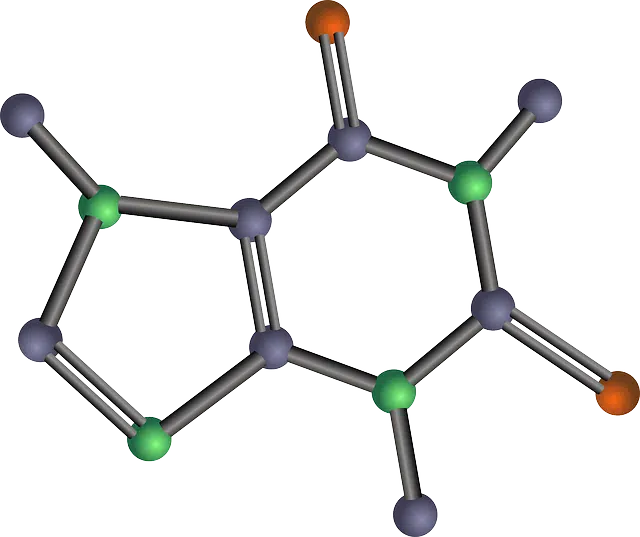
Molecular mass and molecular weight are synonyms.
The first thing that is advisable to do before entering fully into the definition of the scientific term that concerns us now is to proceed to establish the etymological origin of the words that make it up in order to better understand its meaning.
Specifically, we can state that it is made up of two words that come from Latin. The first of them, dough , derives from massa , which in turn comes from the Greek mádza , which was the word used to refer to a delicious cake that was made primarily using flour as an ingredient.
Molecular , for its part, is a diminutive term that comes from the union of the Latin word moles , which can be translated as "mass" and the suffix - culum , whose meaning is "small." Hence, when we talk about a molecule, we refer to what is a small mass.
The concept of molecular mass
Mass is a physical magnitude that reflects how much matter is contained in a body. In the International System , its unit is called the kilogram ( kg ).
Molecular , for its part, refers to what is linked to molecules (the smallest particle that has all the chemical and physical properties of a substance).

The molecular mass is calculated by adding the atomic masses.
Sum of atomic weights
According to the dictionary of the Royal Spanish Academy ( RAE ), the concept of molecular mass is synonymous with that of molecular weight , which is the sum of the atomic weights that make up the molecular formula of a certain compound . Currently, in any case, the notion of molecular mass and not molecular weight is used.
Molecular mass, in other words, is the sum of the atomic masses in a molecule . To calculate it, it is necessary to know the atomic masses of each of the elements that are part of the compound.
When making the aforementioned sum, it is important that we know that if the decimal figures are greater than 0.5, then what the mass number will do is approach the integer unit that follows it. We can verify or exemplify this with the corresponding oxygen number that we see is 15,999, which means that in the end it is established that said number is 16.
Molecular mass formula
Starting with one side of the formula, you must multiply the subscript of each element by its atomic mass. Once all the multiplications are completed, the results must be added and in this way the molecular mass is obtained, expressed in atomic mass units ( amu ).
The molecular mass coincides in number with the molar mass , although they are different things. The molecular mass allows us to know the mass of a molecule, while the molar mass reflects the mass of one mole of compound.
In the case of molar mass we have to determine that there are different types of it. Thus, we find the molar mass of the compounds, that of the elements or that of the average of mixtures.
Let's take the example of the molecular mass of water . The chemical formula is H20 : two hydrogen atoms and one oxygen atom. The atomic mass of hydrogen is 1 amu, while the atomic mass of oxygen is 16 amu . The molecular mass of water, therefore, is (2 x 1 amu) + 16 amu = 18 amu .
